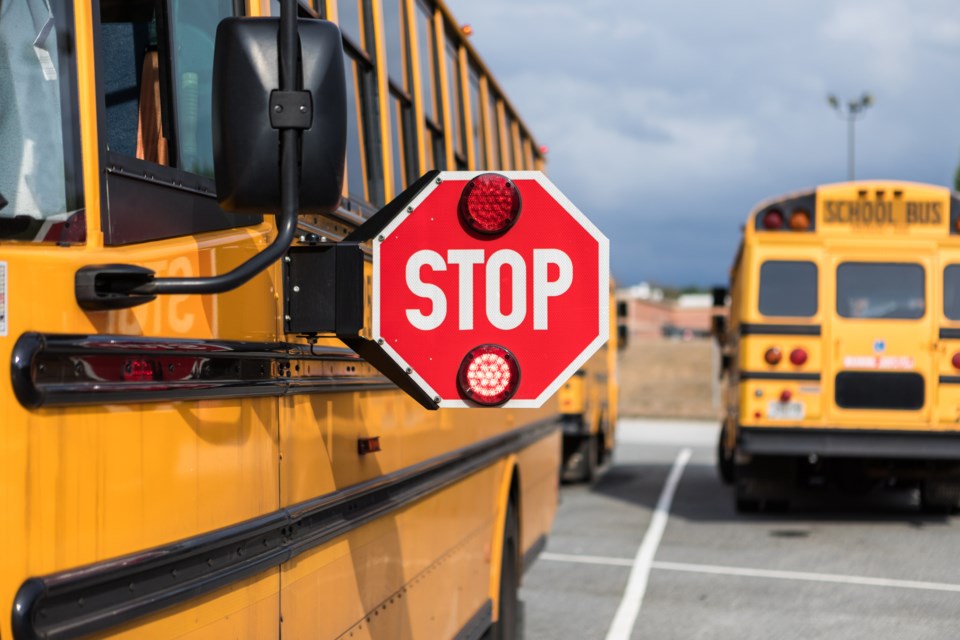WEYBURN - Since provincial school divisions came under amalgamation directives 16 years ago, the South East Cornerstone Public School Division has used a combination of contracted bus service providers as well as their own buses, routes and drivers.
In 2020, a study was conducted to review the effectiveness of having all Cornerstone bus routes come under the purview of the school division itself, eliminating the contract service elements.
Gord Husband, deputy director of human resources and infrastructure, along with Keith Keating, director of education, informed the board at their November 16 meeting the study determined that using SECPSD buses was more efficient than using external, contracted bus services.
As the bus contracts have expired over the past year, Cornerstone has been gradually taking over the vacated routes, beginning this academic year when 17 routes were shifted from contract service providers to SECPSD drivers and buses.
In the next school year, SECPSD will take over the final 22 routes that are currently under contract to complete the transaction and ensure the operation of 159 school bus routes for public school students in southeast Saskatchewan.
The switch over has not come without its challenges, the two administrators explained, beginning with purchases of additional buses to meet increased demand.
Husband noted that in 2021 the purchase of seven new buses was put in the budget with just two having been delivered. He noted, the board approved the purchase of 28 buses using funds from surplus, and six had been delivered.
The impact of not having all 37 buses in the 2021-22 school year has resulted in several buses that would have been retired or moved to the spare bus status have been kept on regular routes, but mainly on routes with lessened distances to cover.
“This current budget has $1 million in place for bus purchases,” Husband said. That would have enabled the division to pick up nine or 10 buses in the past, but recent discussions with bus manufacturers and suppliers indicate a significant hike in purchase costs by about 32 per cent, plus in January 2023 there will be a steel tariff factor that will increase the costs on buses entering Canada.
On the positive side, Husband said about 20 buses are now available with five more to arrive soon. But another negative factor is the issue of the new buses arriving in poor condition. “There have been concerns with the level of assembly quality. Buses are arriving with significant deficiencies,” Husband said.
When asked what these deficiencies were, he replied that the airbags were unstable and differential joints needed repairs upon arrival. He said those weaknesses were being chalked up to having inexperienced personnel on the manufacturing lines in the United States.
He was also asked if there were any Canadian school bus manufacturers capable of providing the 72-passenger vehicles? His response was, “no, the only replies to our tender call were three American companies.”
“So, the price is up 32 per cent and they’re in worse shape than ever?” asked Estevan trustee Kevin Keating.
“Yes, and the repairs have to be done to assure safety and reliability,” said Husband, noting that the regional bus technicians are tending to those jobs.
“It’s not great for us sitting around this table to hear we need another million dollars to get buses we need,” said Audrey Trombley, the board chairwoman, referring to the additional steel tariff costs.




